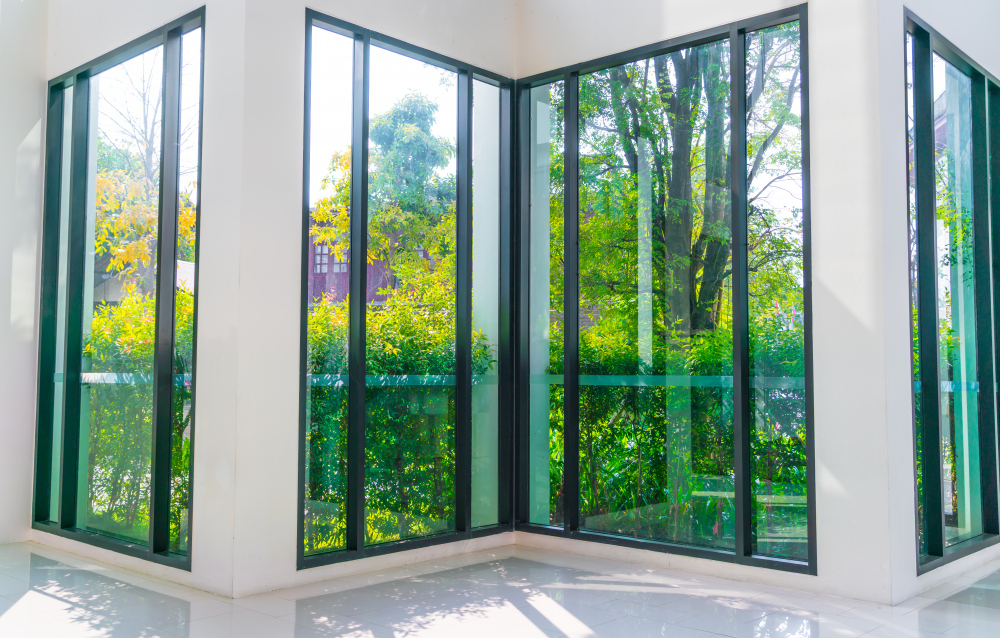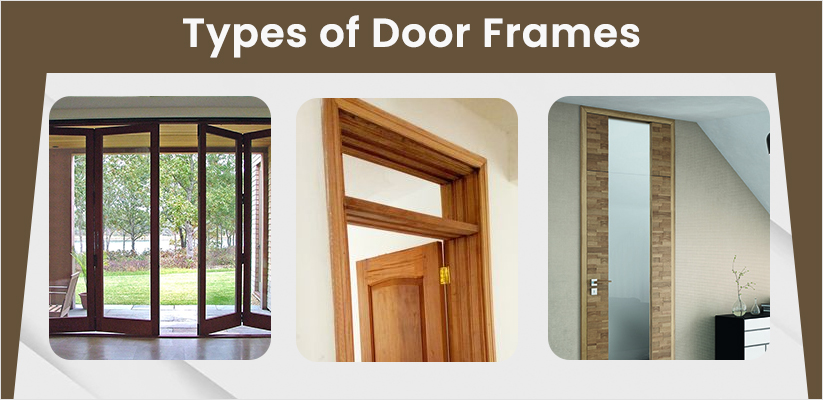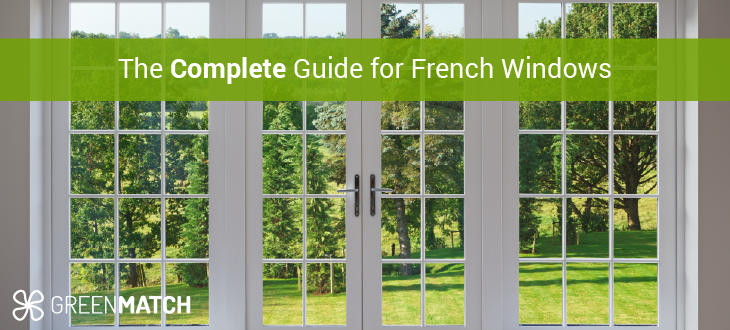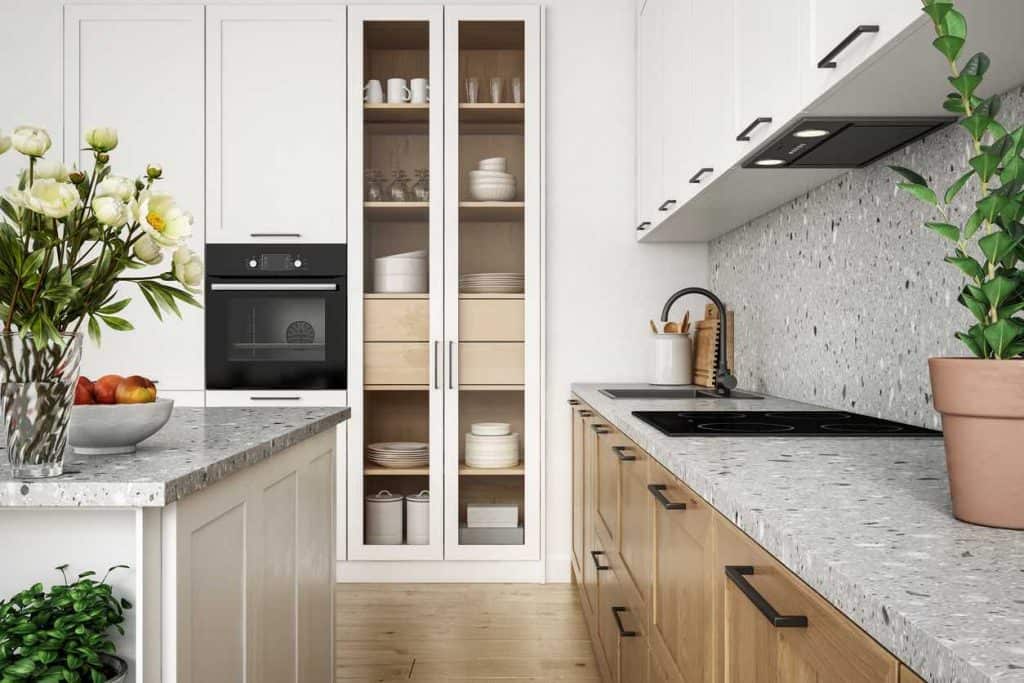
The kitchen, often considered the heart of the home, deserves thoughtful consideration when it comes to design and functionality. One crucial element that can significantly impact both aspects is the choice of kitchen doors. Whether you’re aiming for a seamless flow between spaces or seeking to create a distinct separation, selecting the right door can make all the difference. This comprehensive guide will explore the various types of kitchen doors, their benefits, and how to choose the perfect option for your home.
Understanding the Importance of Kitchen Doors
Kitchen doors aren’t just about closing off a space; they play a vital role in controlling airflow, noise levels, and even the overall aesthetic of your home. A well-chosen door can enhance the kitchen’s appeal, provide privacy, and improve energy efficiency. Furthermore, they can help contain cooking odors and prevent them from spreading throughout the house. Consider the following key factors:
- Functionality: How will the door be used? Will it need to provide privacy, or is it primarily for aesthetic purposes?
- Space: How much space is available for the door to swing or slide?
- Style: Does the door complement the existing kitchen design and overall home decor?
- Material: What materials are durable, easy to maintain, and suit your budget?
Types of Kitchen Doors
There’s a wide array of kitchen door options available, each with its unique characteristics and advantages. Let’s delve into some of the most popular choices:
1. Swing Doors
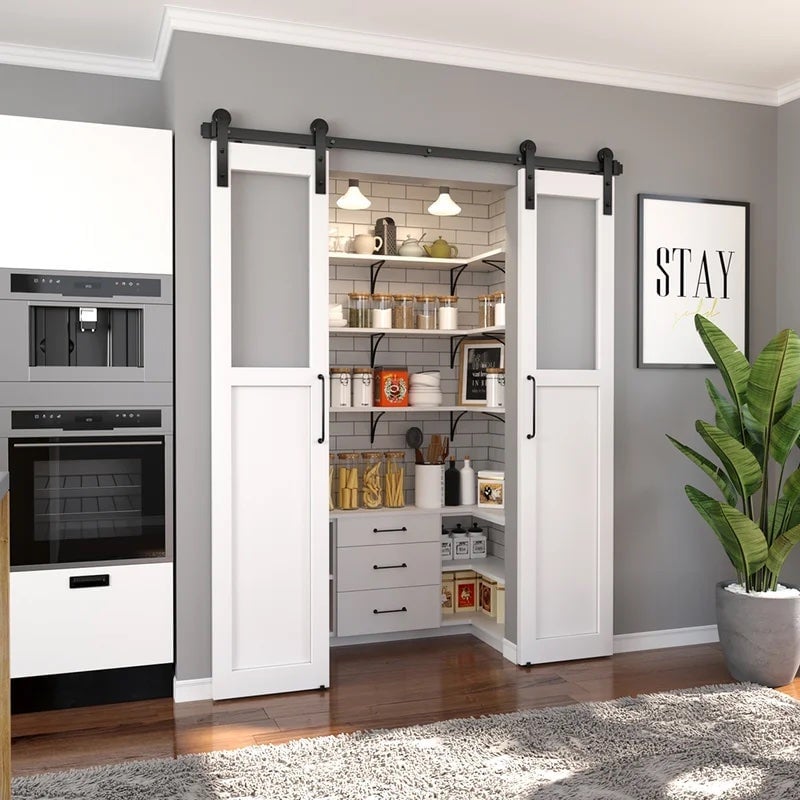
Swing doors are the most traditional type, hinged on one side and swinging open in one or both directions. They offer a classic look and are suitable for various kitchen styles. However, they require ample space for the swing arc.
2. Sliding Doors
Sliding doors, also known as bypass doors, glide along a track, saving valuable space. They are ideal for smaller kitchens or when space is a premium. Sliding doors can be made of various materials, including glass, wood, and metal.
3. Pocket Doors
Pocket doors are a type of sliding door that disappears into a wall cavity when opened. They offer a clean, seamless look and are perfect for maximizing space. They’re a great choice for separating the kitchen from a dining area or pantry.
4. French Doors
French doors consist of two hinged doors that swing open, often featuring glass panels. They add a touch of elegance and allow plenty of natural light to enter the kitchen. They are especially popular for kitchens that open onto a patio or garden.
5. Bifold Doors

Bifold doors consist of multiple panels that fold together when opened. They are versatile and can be used to create a wide opening or a smaller, more intimate space. Bifold doors are often used to separate the kitchen from a larger living area.
6. Barn Doors
Barn doors slide along a track mounted to the wall, adding a rustic or modern farmhouse touch to the kitchen. They are stylish and functional, providing a unique focal point.
Materials for Kitchen Doors
The choice of material is crucial for the durability and aesthetics of your kitchen doors. Here are some common materials:
1. Wood
Wood doors offer a classic, warm, and inviting look. They are available in various types, including oak, maple, and pine. Wood doors can be painted or stained to match your kitchen decor.
2. Glass
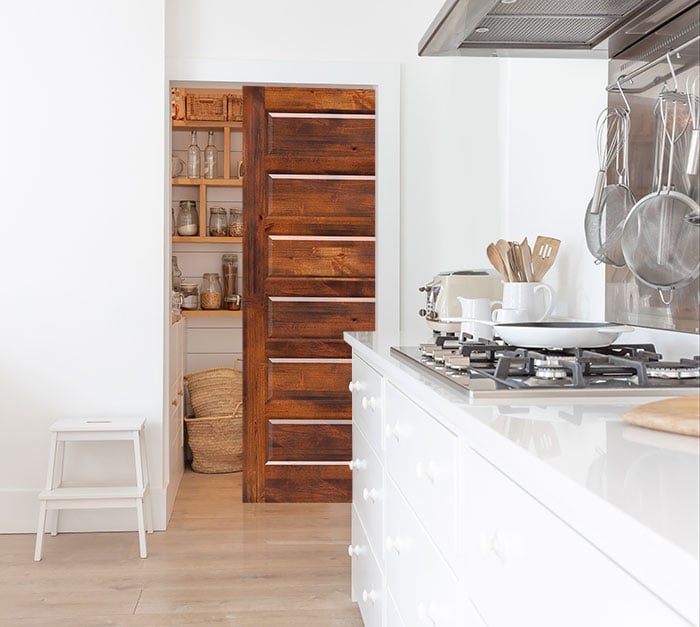
Glass doors allow natural light to flow through, creating a bright and airy atmosphere. They can be clear, frosted, or textured, offering varying levels of privacy.
3. Metal
Metal doors, such as steel or aluminum, offer a modern and industrial look. They are durable and easy to maintain, making them suitable for high-traffic kitchens.
4. Composite Materials
Composite materials, such as MDF (medium-density fiberboard), offer a cost-effective and versatile option. They can be molded and finished to mimic the look of wood or other materials.
Choosing the Right Kitchen Door
Selecting the perfect kitchen door involves considering several factors. Start by evaluating your kitchen’s layout and available space. Determine the level of privacy you need and the desired aesthetic. Consider the material’s durability, maintenance requirements, and cost. Finally, ensure the door complements your existing kitchen design and overall home decor.
By carefully considering these factors, you can choose a kitchen door that enhances the functionality and beauty of your kitchen, creating a space that you’ll love for years to come.
